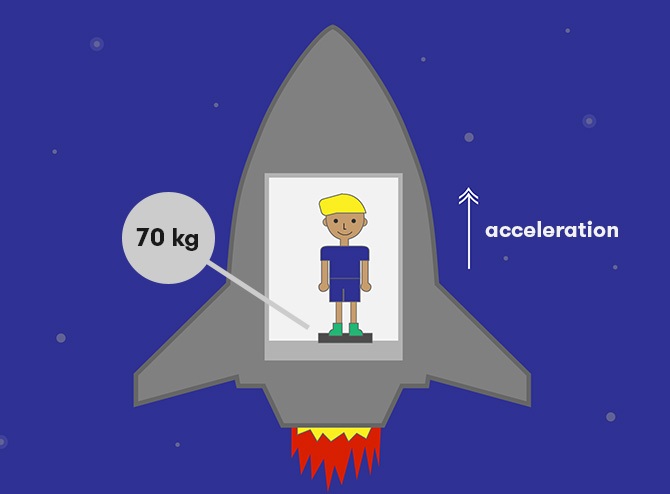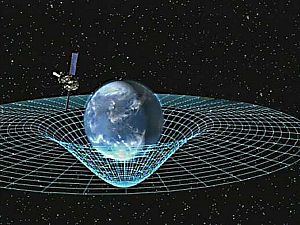All objects attract other objects because of a force called gravity. Gravity is a pulling force that works across space. That is, objects do not have to touch each other for the force of gravity to affect them. For example, the Sun, which is millions of miles from Earth, pulls on Earth and the other planets and objects in the solar system.

The gravity of Earth, denoted by g, is the net acceleration that is imparted to objects due to the combined effect of gravitation (from mass distribution within Earth) and the centrifugal force (from the Earth's rotation). Noun, plural gravities. The force of attraction by which terrestrial bodies tend to fall toward the center of the earth. Aug 21, 2019 Gravity is a fundamental force in nature, but it's very much a mystery to scientists.

On Earth gravity pulls objects toward the center of Earth. This is what makes objects fall. It is also what gives an object weight. Weight is a measurement of the force of gravity between an object and the surface it stands on. If a person stands on a scale, gravity pulls the person against the scale. The scale shows the strength of this force, or the person’s weight.
In the solar system the planets all orbit, or travel around, the Sun in a constant path. They would move in a straight line, but the force of gravity pulls them toward the Sun. At the same time, the speed of the planets in their orbits keeps them from falling into the Sun.
Gravity Run
Spacecraft and satellites travel around Earth in a similar way. Earth’s gravity keeps them in orbit, and their speed keeps them from falling back to Earth.

Gravity Payments
When astronauts are inside a spacecraft in orbit, they experience weightlessness. The astronauts float freely because they are traveling around Earth at the same speed as the spacecraft. But even though Earth’s gravity does not pull them toward the floor—as it does on Earth—they have not escaped it. Earth’s gravity keeps the astronauts in orbit, just as it does the spacecraft.

Isaac Newton, an English scientist, discovered a law, or truth, about gravity in the late 1600s. Newton said that the force of gravity between objects depends on their mass, or the amount of material they contain. The greater the mass of an object, the greater is its force of gravity. For example, the Sun, which has a very large mass, has a greater force of gravity than Earth, which has a much smaller mass. Even a speck of dust has a force of gravity. But its gravity is very, very small.

Gravity Payments
The force of gravity also depends on the distance between two objects. The smaller the distance, the greater is the force of gravity between them.
